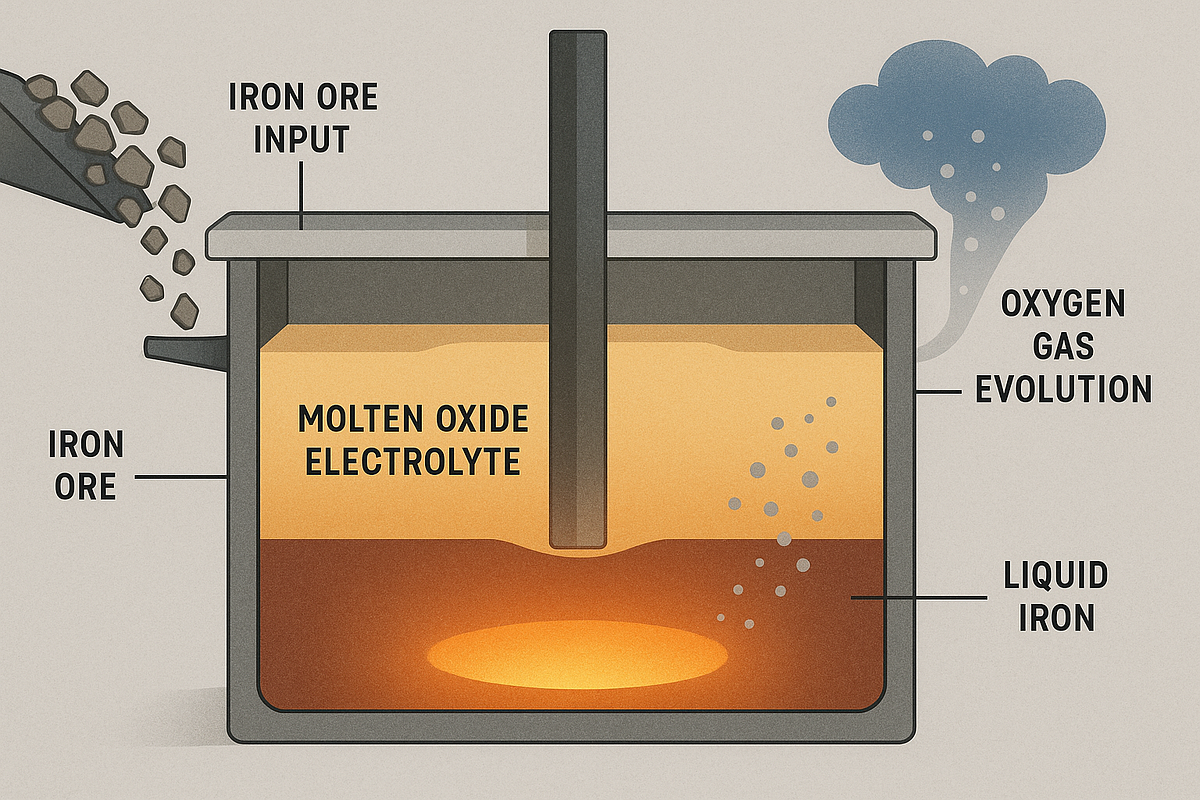This article explores the transformative role of remediation in nursing education, highlighting its ability to bridge academic learning and clinical practice. By fostering self-directed learning, critical thinking, and resilience through innovative strategies like AI-powered tools and reflective practice, remediation prepares nursing students for real-world healthcare challenges.
Remediation has emerged as a pivotal component of modern nursing education, serving as an essential bridge between academic instruction and clinical practice. Far beyond a reactive intervention for struggling students, remediation is a proactive, structured, and student-centered approach that fosters a growth mindset, supports clinical judgment development, and cultivates resilience. When thoughtfully integrated into the nursing curriculum, remediation contributes meaningfully to both short-term academic achievement and long-term professional competence. It prepares nursing students to meet the demands of an increasingly complex and dynamic healthcare environment.
Remediation – a continuous cycle of learning
At its core, remediation involves a continuous cycle of self-assessment, targeted learning, clinical application, and reflective practice. This iterative process reinforces deep learning while encouraging students to take ownership of their educational journey. The initial stage centers on self-assessment, which enables students to identify areas of weakness or knowledge gaps. Using formative assessment tools, such as quizzes, reflective writing, and concept mapping, students are guided to recognize their learning needs. These insights are then organized thematically, allowing for strategic prioritization and individualized learning goals.
To address these identified gaps, students are encouraged to engage with a variety of reputable resources, including course resources, peer-reviewed journal articles, and clinical decision-making tools like Lippincott® Advisor. This multifaceted approach to content acquisition supports diverse learning preferences and promotes evidence-based practice. Importantly, students are also taught to employ metacognitive strategies such as self-regulation, elaboration, and critical reflection. By documenting their learning processes and monitoring their progress, students enhance their ability to think critically and develop habits associated with lifelong learning.
The strength of remediation lies in its cyclical nature. After acquiring new knowledge, students are expected to apply their learning in realistic, practice-based settings. Clinical simulations, patient case studies, and scenario-based discussions serve as effective mechanisms for translating theoretical knowledge into practical skills. These experiences allow students to refine their clinical judgment, identify residual gaps in understanding, and solidify their competency. Following each application experience, students engage in reflective exercises that prompt them to evaluate their performance, integrate feedback, and adapt their strategies accordingly. This continuous loop of learning and reflection promotes mastery and supports long-term retention.
A targeted, data-driven approach to reviewing content is a distinguishing feature of effective remediation. Rather than revisiting all instructional material indiscriminately, students are guided to focus on specific content areas where deficits remain. The use of academic performance analytics and diagnostic tools enhances this process by providing actionable insights into students’ strengths and weaknesses. Faculty play a critical role in interpreting this data and coaching students through personalized learning plans. Additionally, the inclusion of diverse content modalities such as infographics, podcasts, interactive modules, and visual case studies serves to increase engagement and accommodate varied learning styles.
Assessing applied learning
Equally vital to the success of remediation is the integration of applied learning opportunities. Encouraging students to use newly acquired knowledge in complex clinical scenarios facilitates higher-order thinking and supports the development of clinical decision-making skills. Strategies such as case-based learning, team-based simulations, and unfolding patient scenarios have consistently demonstrated improved learning outcomes and deeper engagement. Without this application phase, remediation risks becoming a passive exercise, potentially leaving critical knowledge gaps unresolved.
Assessment following remediation serves a dual purpose: it provides an opportunity for students to retrieve and apply knowledge in a meaningful context, and it offers faculty a chance to evaluate the effectiveness of the remediation process. Programs that incentivize thorough remediation — for example, by awarding academic credit or offering second-chance assessments — motivate students to invest in their learning. Research indicates that assigning targeted remediation activities to students who score below a certain threshold, followed by opportunities for reassessment, leads to improved academic performance and increased confidence.
An emerging and transformative element in contemporary remediation practices is the integration of artificial intelligence (AI). AI-powered tools, such as Lippincott® Ready for NCLEX®, offer personalized learning pathways that adapt dynamically to each student’s performance metrics. These platforms provide rich, multimodal content ranging from adaptive quizzes to interactive case scenarios that support knowledge reinforcement, critical thinking, and skill application. Students identified as at-risk are offered expanded remediation content, including scenario-based exercises and targeted feedback loops. By utilizing AI and a research-backed remediation process that includes assessing, reviewing, applying, and reflecting, educators can make remediation both individualized and scalable, ultimately increasing its effectiveness and accessibility.
The positive impact of remediation on nursing education
Remediation in nursing education should be conceptualized not as a punitive or remedial measure, but as a forward-looking, empowering strategy that supports the holistic development of nursing students. By fostering self-directed learning, encouraging targeted review, facilitating clinical application, and promoting reflective practice, remediation prepares students to become safe, effective, and adaptable healthcare professionals. As nursing education continues to evolve in response to technological advancements and changing patient needs, the integration of data-informed strategies and AI-enhanced platforms will further elevate the role of remediation. Ultimately, well-executed remediation fosters a culture of excellence and accountability, ensuring that every student is equipped to contribute meaningfully to patient care and the healthcare system at large.








